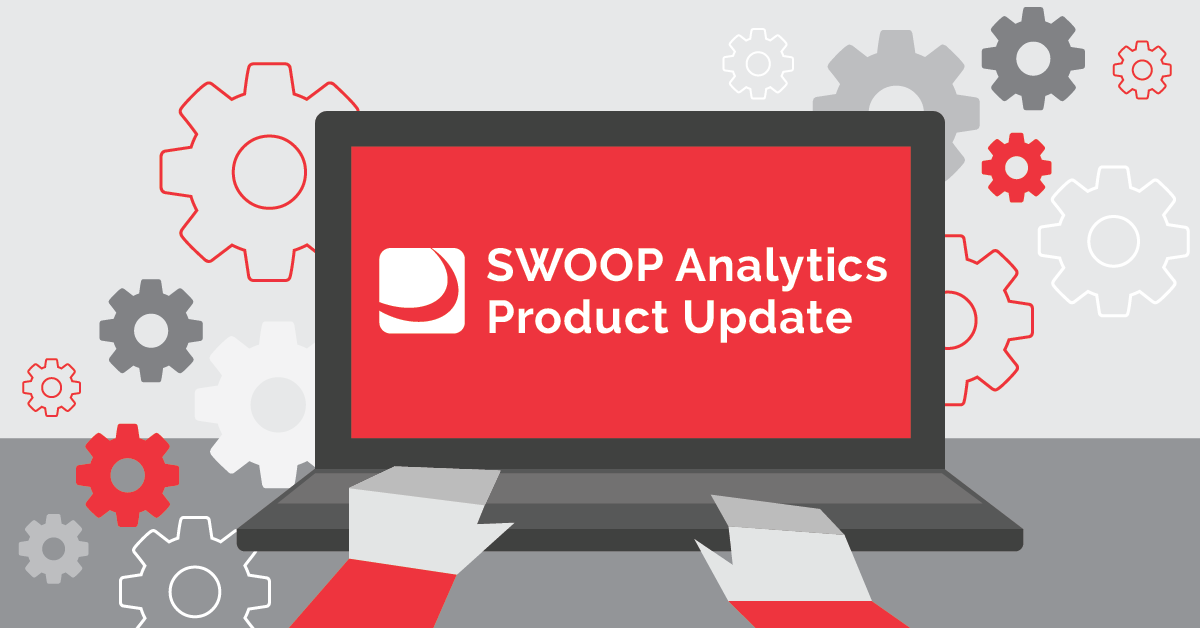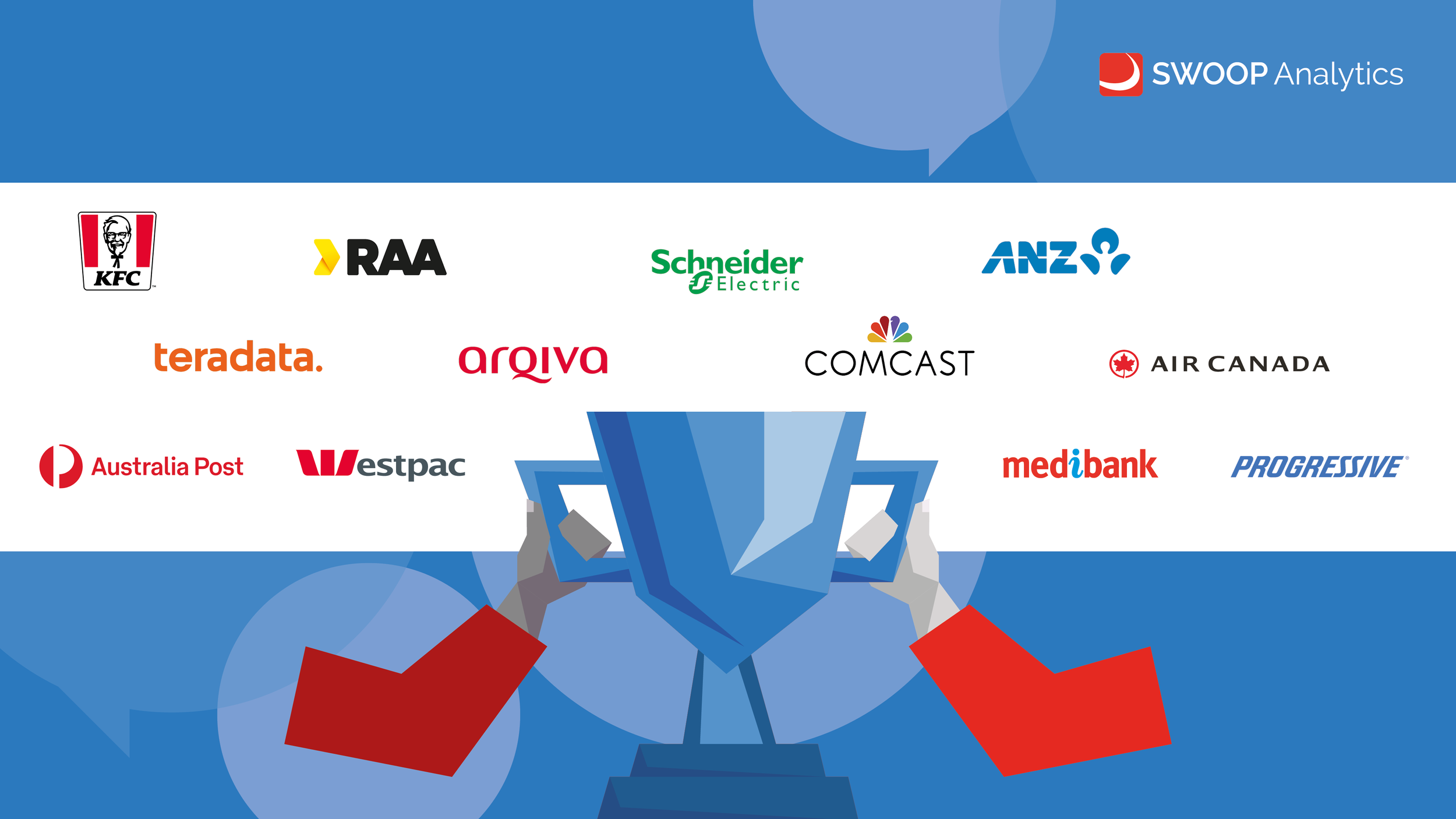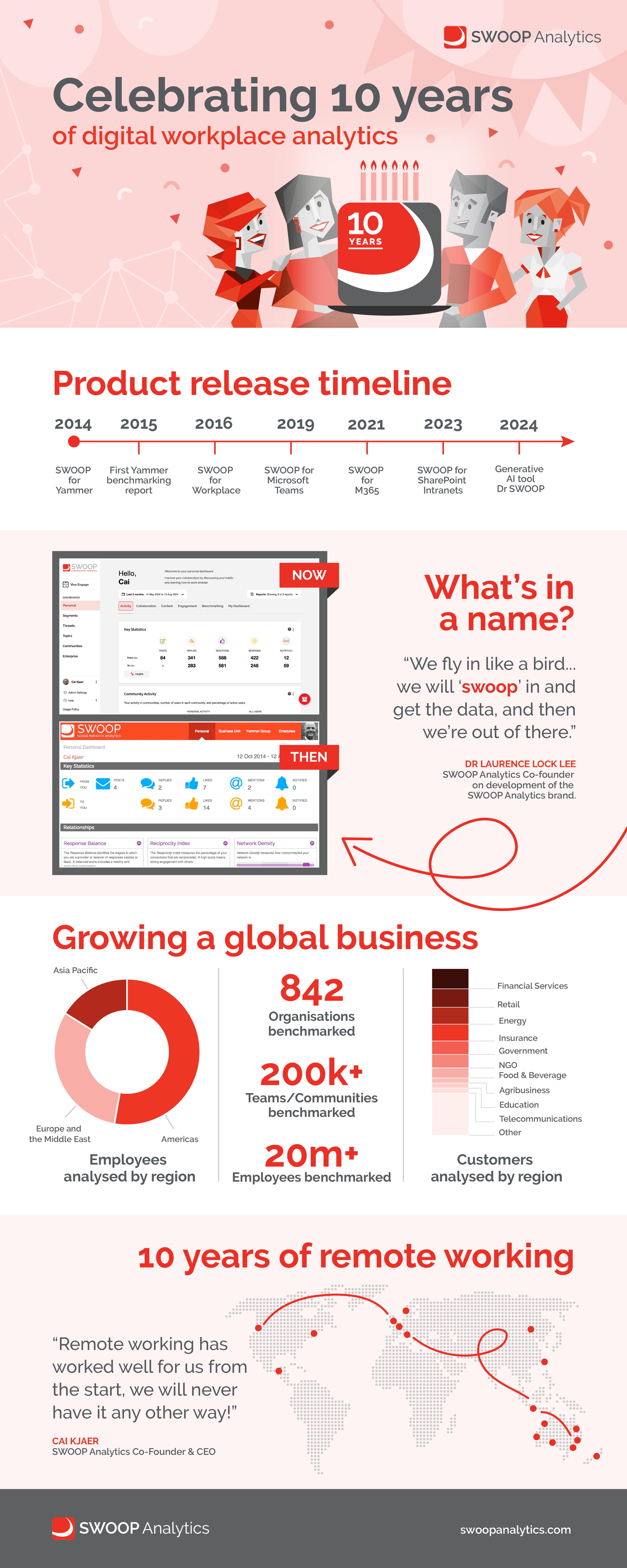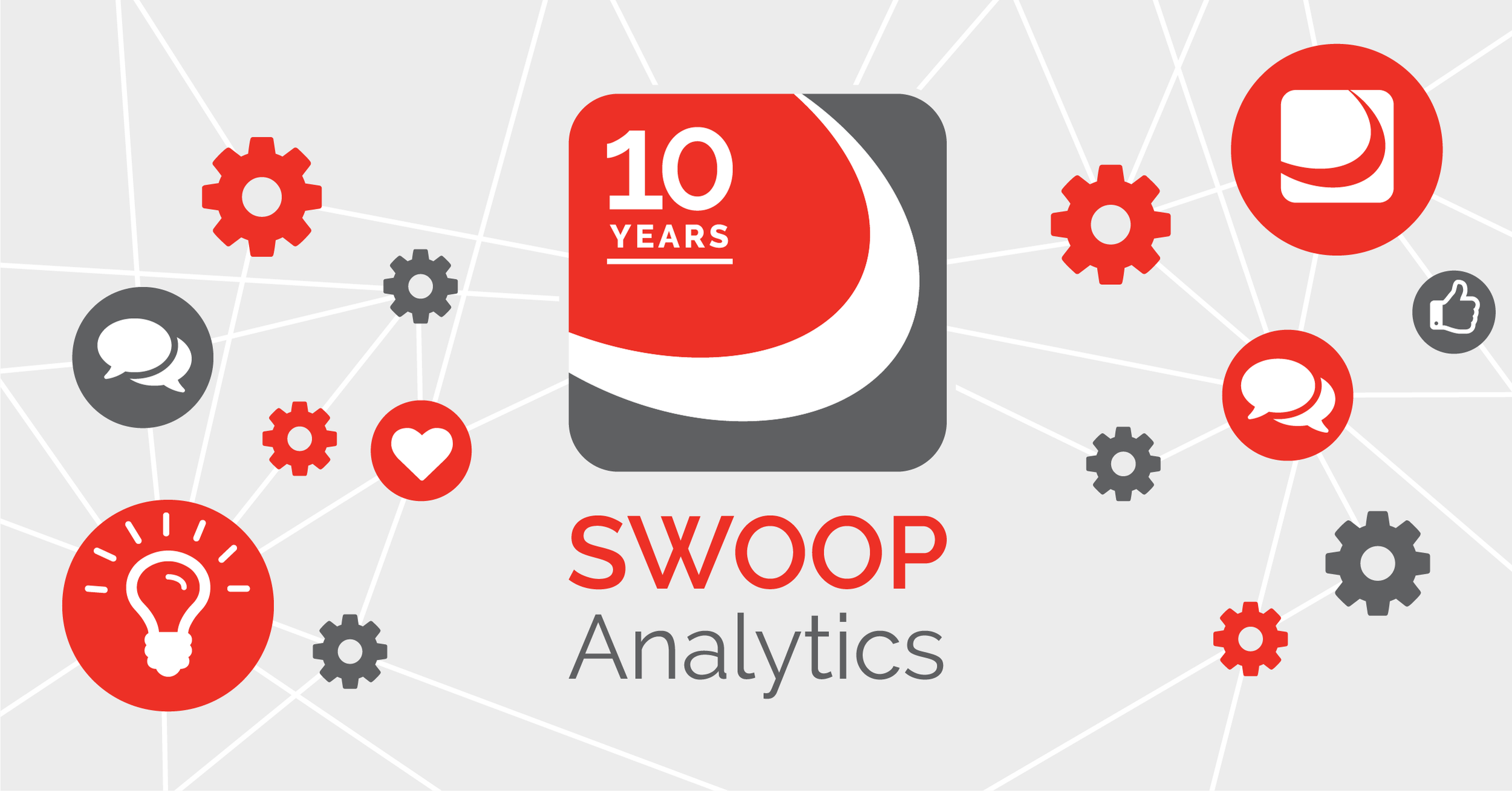
SWOOP Blog
Latest Articles
Blog Archive
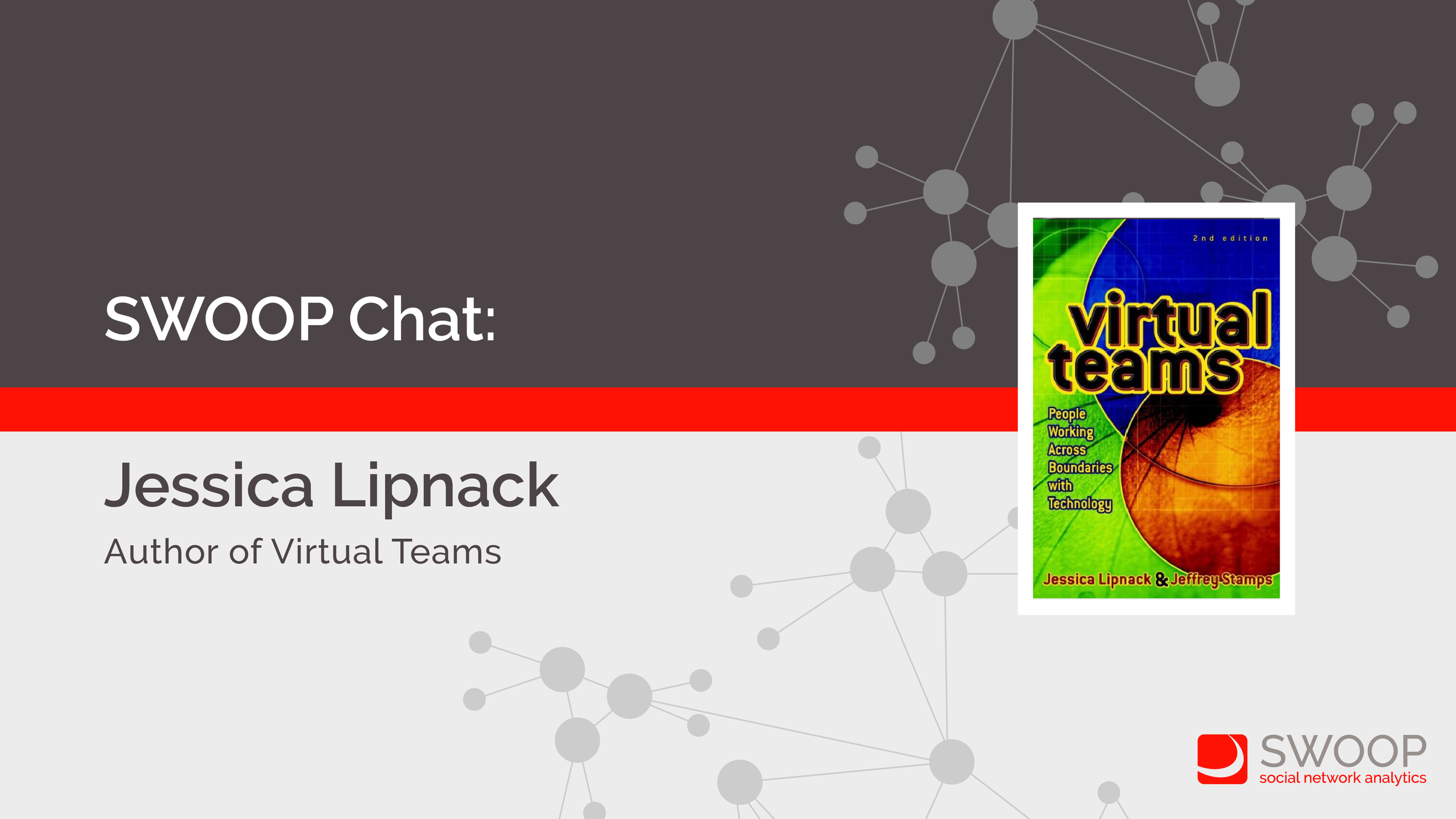
SWOOP Chat with Jessica Lipnack
Jessica Lipnack is the author of Virtual Teams, a book written in 1997 but one that describes how most people are working during the COVID-19 crisis. Jessica and SWOOP Chief Scientist Dr Laurence Lock Lee discuss how to keep teams productive while working virtually and the new challenges facing leaders around the world.

Are you ready to say goodbye to all-company emails?
Are you ready to say goodbye to all-company emails? We look at five Workplace from Facebook companies who have put a stop to the all-company email and instead communicate and collaborate on Workplace.

One Bright Spot in COVID-19: The Rise of Self-Directed Teams
Those of you struggling with working from home (WFH) may have some doubts about this, but bear with me. If I asked you “who is in your team?” could you answer easily? Or would your answer be “well that depends ... do you mean our whole department? The people I work with the most? Which team do you mean? I’m on multiple teams.”

SWOOP Chat with Humana
Jeff Ross and Nick Wallander, online Community Managers at US health insurer Humana, share their journey engaging 43,000+ employees and 24,000+ contractors on Yammer and Microsoft Teams, especially during the COVID-19 work from home environment.

How are You Going?
We thought we’d explore how organisations are really going using our SWOOP sentiment analysis data from the past three months; covering the period of “pre-COVID-19”, “Transition to Working From Home” and now “Working From Home (WFH)”.

SWOOP Chat with RACQ
Learn how one of Australia’s largest member organisations, providing roadside assistance, insurance, banking and more, is using Microsoft Teams and Yammer to keep employees connected with leaders during the COVID-19 work from home environment.

Using analytics to achieve world championship gold
Former Australian basketball player, Emily McInerny, found that by analysing her personal data, looking at her every action, assessing it and using science could show her how to reach her peak performance.

Are you curious about curiosity?
At SWOOP Analytics we have been measuring curiosity levels in groups, teams and across whole organisations for some time. The measure is simply the percentage of messages that are framed as questions.

Measuring Our Way Back to a ‘New Normal’
Much has already been written about the new normal, when the world transitions back from COVID-19. Predictions include how workplaces will include higher proportions of virtual work, which will be no doubt be welcomed in the context of a plunging economy which forces companies to do more with less. Others suggest an even stronger "people-first" focus, with HR guru Josh Bersin calling COVID-19 the biggest thing ever to happen to employee engagement and the start of a big reset in the way we work.

IT governance under attack as collaborative tool use goes ballistic: A way forward
Picture it now. The head of IT security has just been informed the whole company is moving to Working from Home (WFH) over the next week. All of a sudden, Microsoft Teams or Zoom or Webex or Slack (or put your favoured collaboration tool here), has to be rolled out post haste.
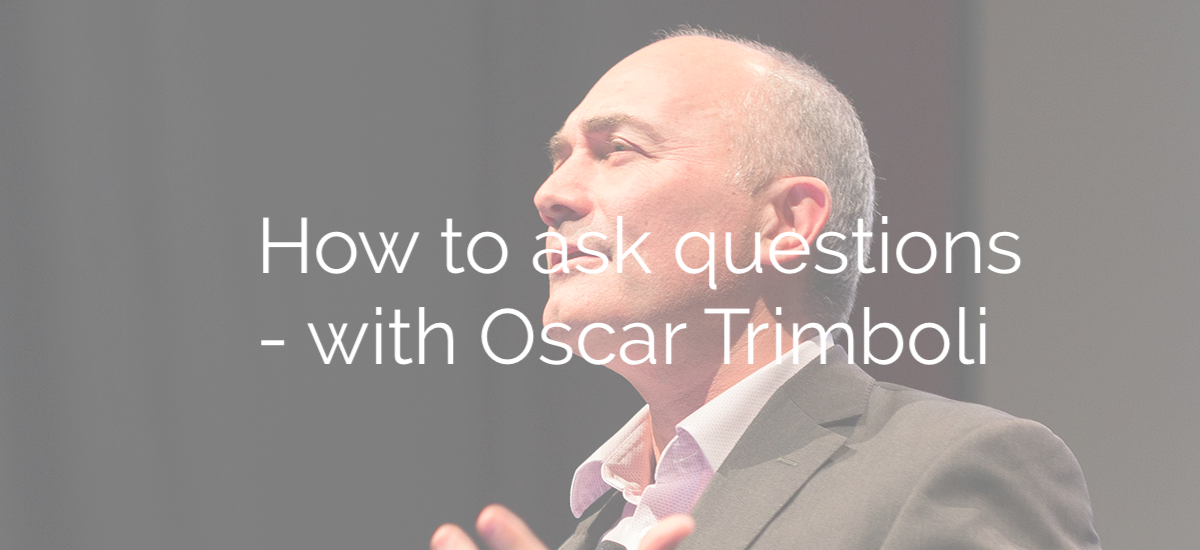
How to ask questions that create connections and impact for leaders
Leaders asking questions on Enterprise Social Networks increases engagement with employees by a factor of 10 times more than making announcements. In this video we explore the fears leaders face when asking questions, the cost of NOT asking questions and how to ask the right questions to keep employees engaged and connected.
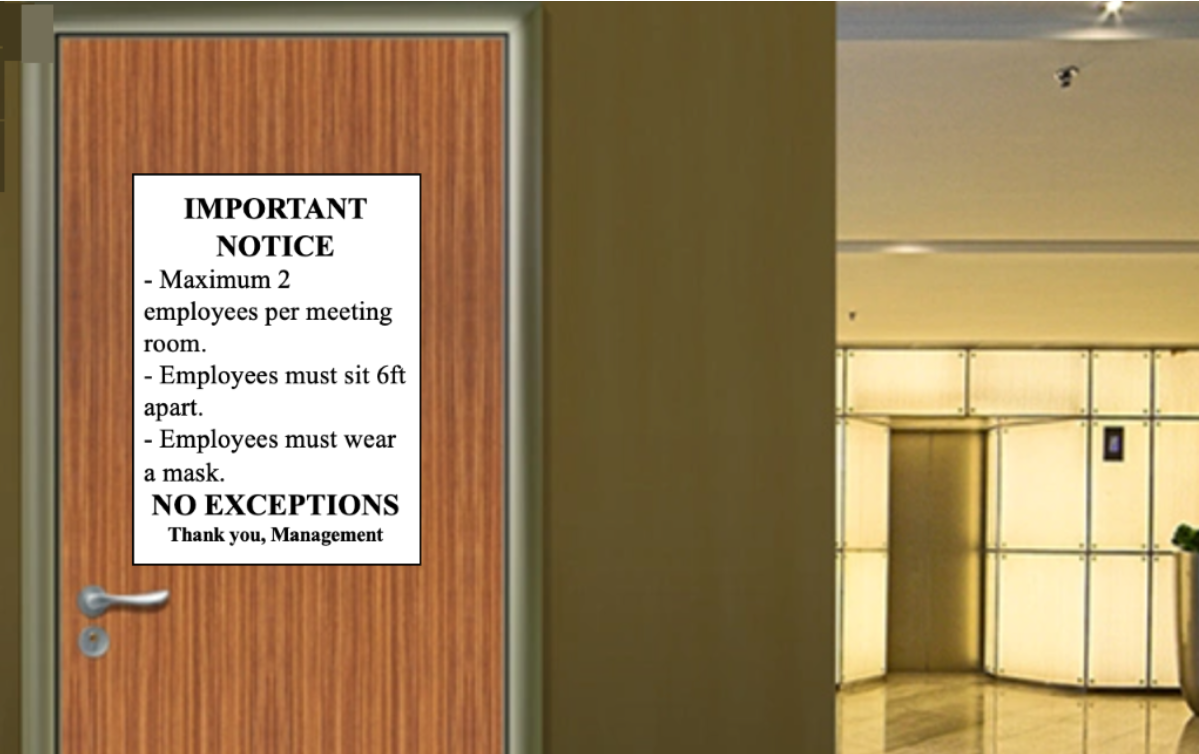
Returning to work: A digital leaders’ guide to measuring success
A lot has changed since leaders, and their teams, were last together in person in February. As we slowly see the COVID-19 curve flattening, corporations around the world are starting to contemplate their return to work strategy.
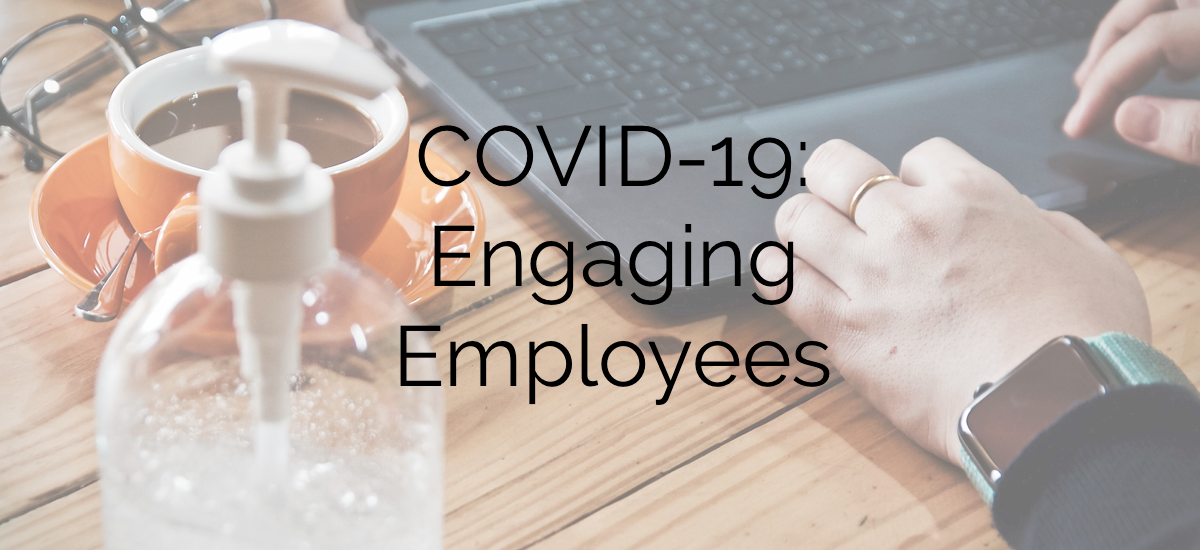
What leaders need to do to keep employees engaged during the COVID-19 pandemic
Leaders asking the right questions on Enterprise Social Networks increases engagement with employees by a factor of 10 times more than making announcements.

Why I’m joining SWOOP: The Urgent Need to Measure Collaboration Effectiveness
For the past 15 years, I have been helping organizations around the world implement, grow and measure collaboration and knowledge management tools. From my days as one of the first enterprise Community Managers in Australia at financial services company AMP, to my most recent experience rolling out a global sales knowledge management community at American Express, the goals and objectives for enterprise collaboration and social networks remain largely the same as they were.

COVID-19 and Working From Home: An Unprecedented Research Opportunity
Have you ever wanted to better understand how productive you, your team and your organization really are when it comes to collaboration? If ever there was a time to research the effectiveness of how an organization is collaborating, it’s now. For those of you who have undertaken any experimental research, you will appreciate how hard it is to undertake a large-scale controlled experiment.
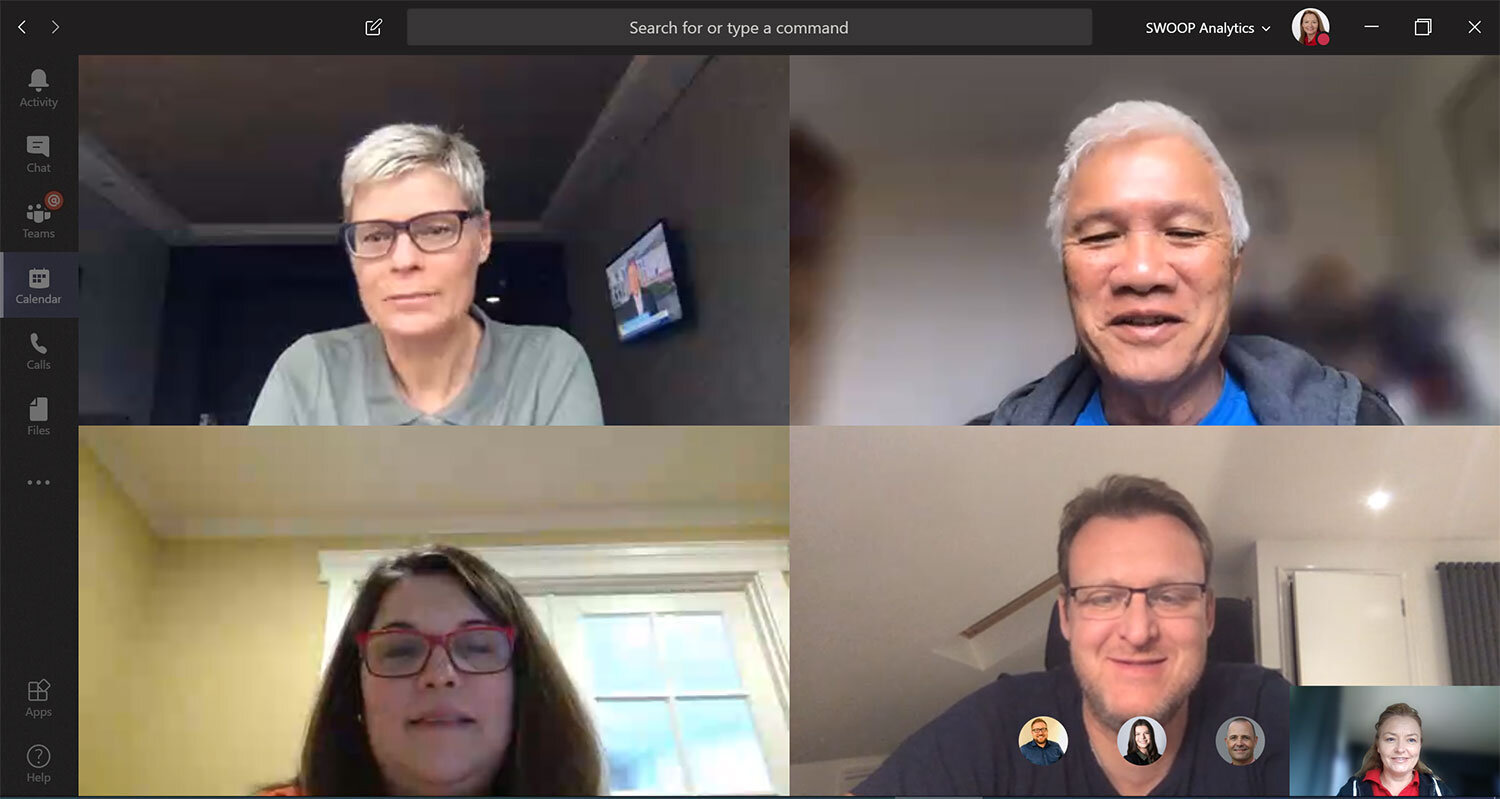
When work becomes your saviour during 14 days of mandatory isolation in a lonely hotel room
Marianne Kjaer is confined to mandatory isolation in a Sydney hotel as part of Australia’s strict 14-day quarantine rules for all people arriving from overseas. She is unable to open a window or leave her room, even to exercise in the hallway. What’s keeping Marianne sane, and giving her a focus, is the ability to continue working thanks to a suite of online collaboration tools, including video meetings on Microsoft Teams.

5 things to avoid when rolling out Microsoft Teams
We’re often told about best practices and how they should be implemented but what about those practices we should avoid, the worst practices? As part of SWOOP Analytics’ world-first benchmarking of Microsoft Teams, we interviewed six of the world’s top Microsoft consultancy firms to find the emerging worst practices when rolling out Teams.

You’ve just been told to Work from Home. You have Workplace. Are you home free?
Under the above scenario it’s clearly better to have Workplace from Facebook in place than not. But I suspect few of us would see all our anxieties from the COVID-19-enforced change to our working environments overcome that simply. Most of us have had the experience of working from home (WFH) occasionally, but what about when your whole team has to WFH?

Five evidence-based insights: Working effectively as a team in Microsoft Teams
Here at SWOOP Analytics, we have just published our very first global benchmarking report of the interactions of more than 47,000 people in more than 5,300 Teams across 15 organisations. This is the world's largest benchmarking study ever undertaken of team interaction patterns on Microsoft Teams. What follows are five evidence-based insights on what the best performing teams are doing and what you can do to achieve better business outcomes.

What needs to change when coronavirus sends your whole team Working From Home?
You just received the all-company announcement; everyone is to work from home (WFH) for the foreseeable future. You may have previously worked from home on the odd occasion. You managed to get by, but you always wondered if you had missed out a little, compared with your colleagues who were working from the office.



